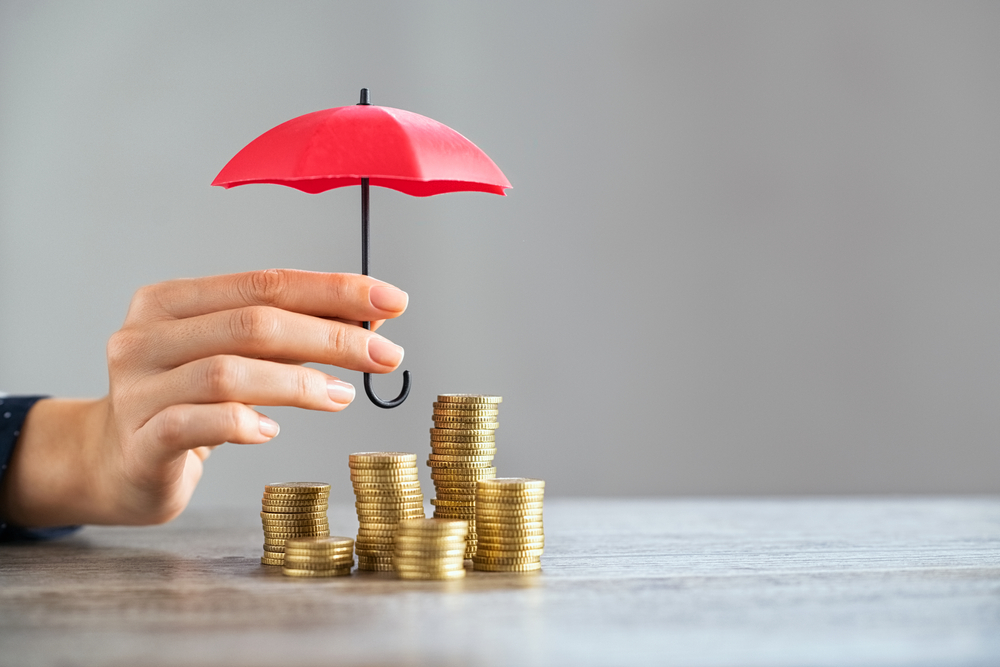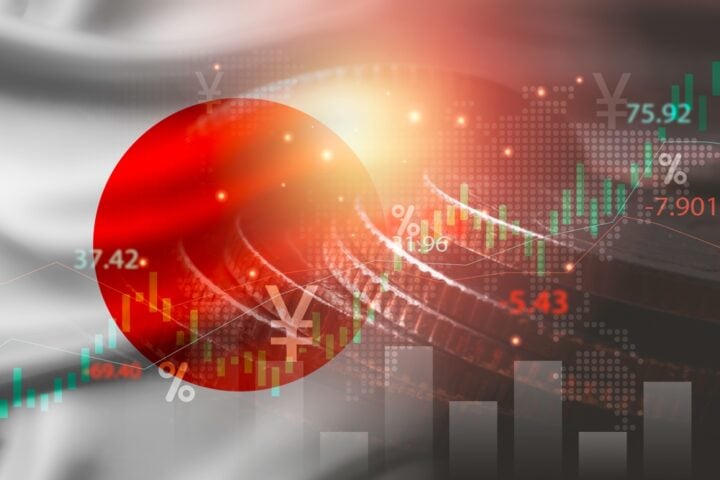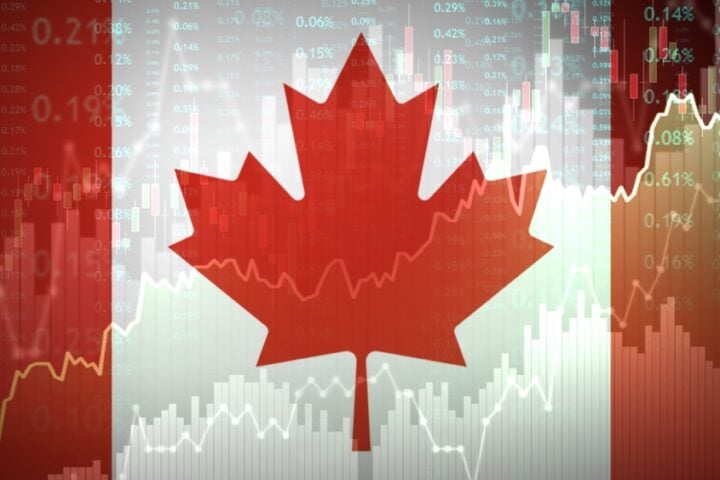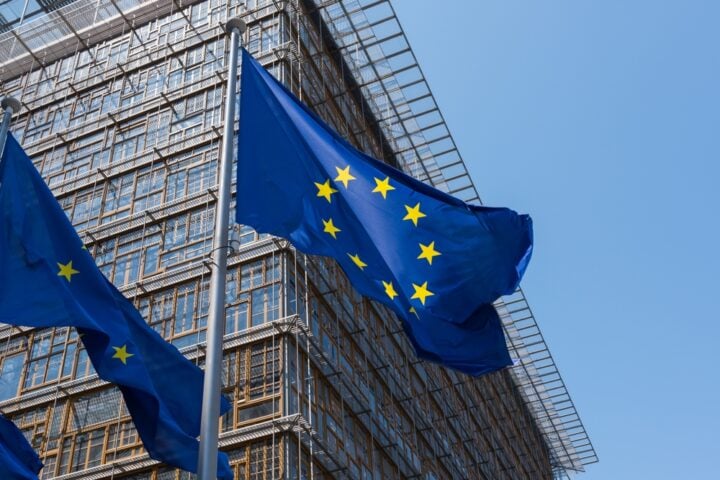Year-end consumer spending fuels fourth-quarter GDP
The U.S. economy expanded at a 2.4% annualized rate in the final quarter of 2024, according to revised data from the Commerce Department released Thursday. The growth was driven by a surge in consumer spending, marking a strong finish to the year.
The new figure is a slight upward revision from earlier estimates, though it reflects a slowdown from the 3.1% growth rate in the third quarter. For all of 2024, gross domestic product (GDP) increased 2.8%, just below the 2.9% pace recorded in 2023.
Spending up, but investment weakens
Consumer spending rose at a 4% annualized rate in Q4, up from 3.7% the previous quarter. However, business investment declined, particularly in equipment, which fell 8.7%. A reduction in inventories also weighed on growth, subtracting 0.84 percentage points from the GDP figure.
The Commerce Department noted that core indicators — consumer spending and private investment excluding exports and government outlays — rose at 2.9%, down from an initial estimate of 3.2% and from 3.4% in the previous quarter.
Inflation pressures rising
Inflation ticked up in late 2024, with the Fed’s preferred metric — the personal consumption expenditures (PCE) price index — climbing at a 2.4% rate, up from 1.5% in Q3. Core PCE inflation, which excludes food and energy, registered at 2.6%, higher than the Fed’s 2% target and Q3’s 2.2% rate.
Clouds on the 2025 horizon
The strong Q4 numbers precede what economists say is growing policy-related uncertainty. President Donald Trump’s recent announcement of sweeping 25% tariffs on foreign-made cars — set to take effect in April — has raised fears of inflation and disrupted investment.
“The fourth-quarter data reflects the economy before the enormous surge in policy uncertainty, particularly trade,” said Ryan Sweet, chief U.S. economist at Oxford Economics. “Now, the combination of tariffs, tightening financial conditions and weakened business sentiment is dragging on early 2025 growth.”
Retailers have started lowering expectations for the year, as early indicators show American consumers are scaling back purchases amid concerns over inflation and job security. Consumer confidence continues to slide.







